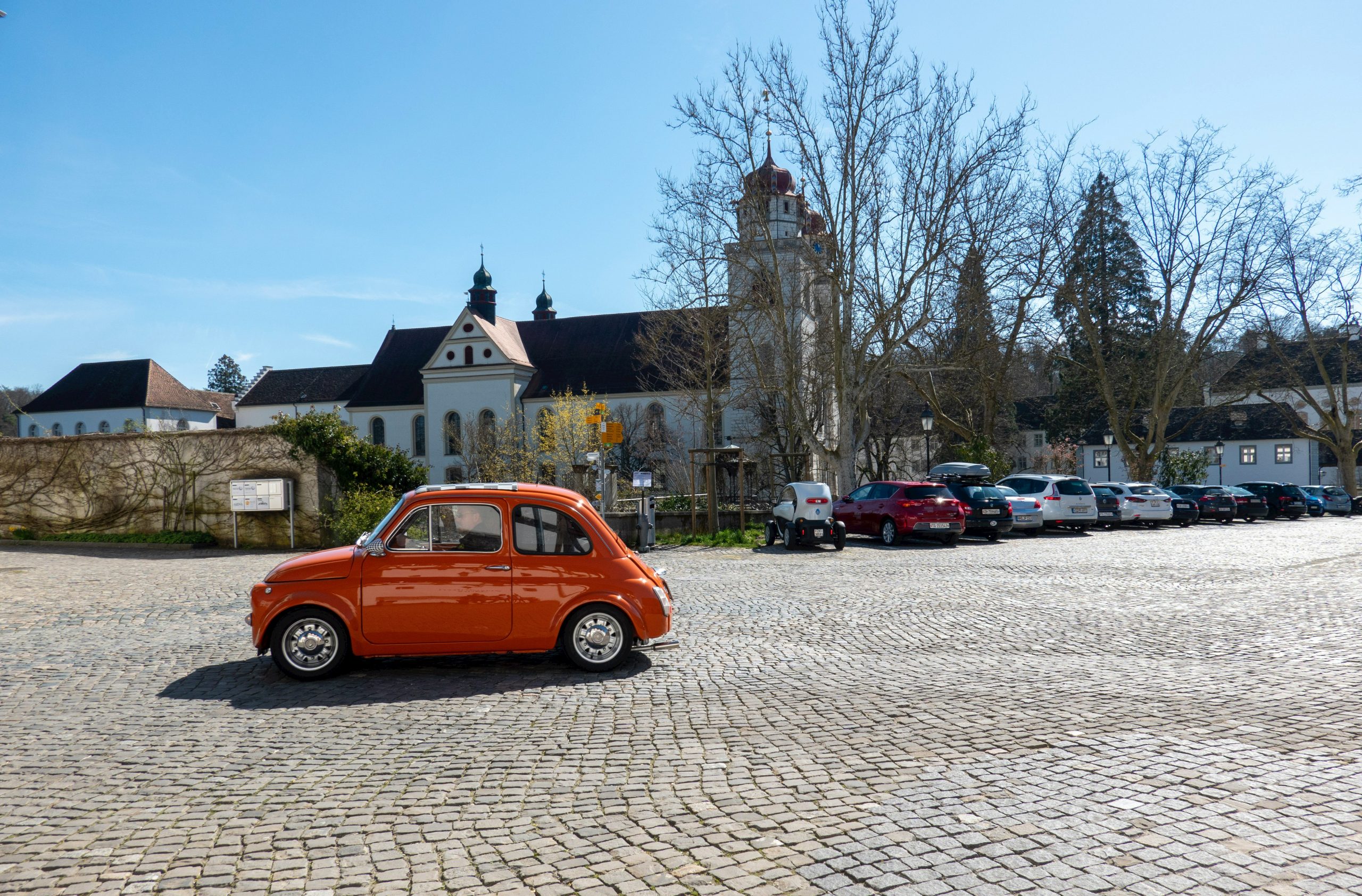Billy Goat Trail
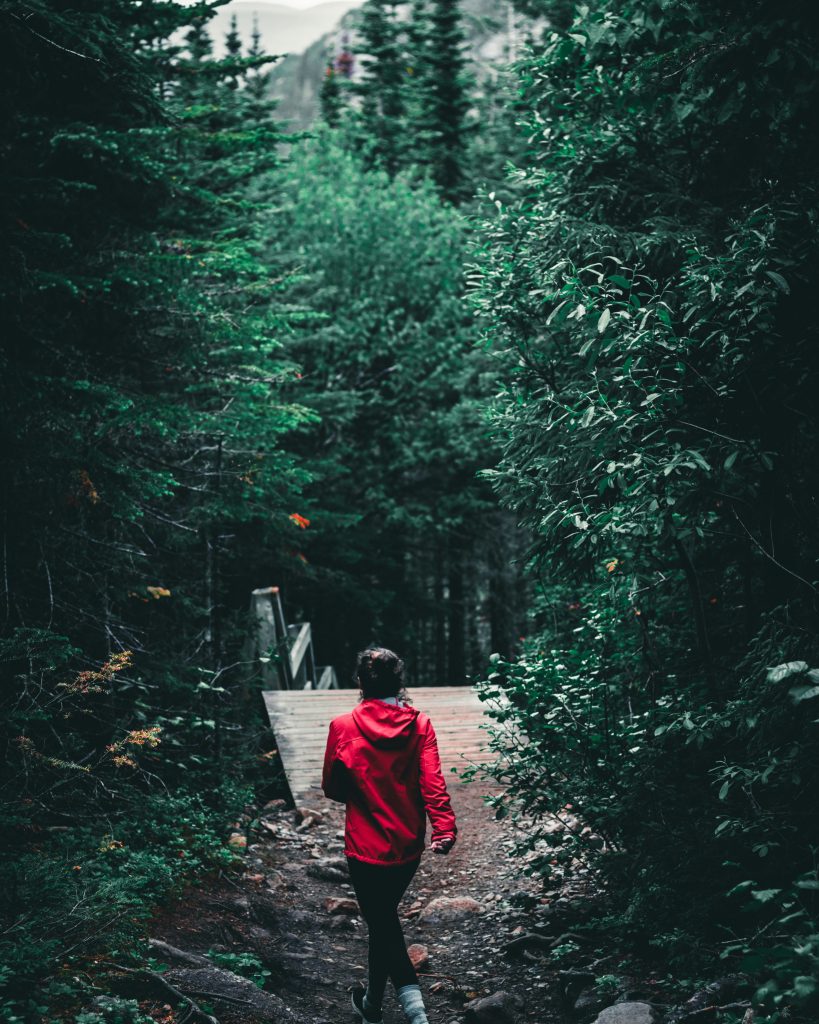
A, B, and C of the Billy Goat Trail offer a varied and exciting trek for all ability levels. Each segment offers distinct difficulties, guaranteeing that every adventurer finds a path that suits their talents and tastes.
Section A, the hardest, climbs rugged cliffs and small paths. Hikers navigate stones and steep inclines while seeing the Potomac River below. This portion is popular among adrenaline junkies since it requires physical and mental strength.
Section B is ideal for a modest yet scenic trek. Unlike Section A’s rocky outcrops, this stretch winds through a verdant forest. Hikers may enjoy the woods and see the Potomac River through the foliage as they walk along well-maintained routes.
Section C completes the trifecta with fun challenges and scenery. This section mixes Section A’s rough terrain with Section B’s woodland appeal for a well-rounded hike. Section C blends the trail’s numerous features with tough terrain, river views, and nature’s relaxing sounds.
Easy access from Maryland’s busy cities makes the Billy Goat Trail one of the top treks. This beautiful track, only a stone’s throw from the nation’s capital, offers city inhabitants a fast retreat into the countryside. The Billy Goat Trail attracts experienced hikers and beginners due to its urban closeness and wild character.
As a wildlife and birdwatching sanctuary, the walk is popular. The journey’s constant companion, the Potomac River, draws many bird species. Hikers see bald eagles flying, ospreys fishing, and migrating birds stopping. The Billy Goat Trail becomes a living tapestry of vegetation and animals, attracting nature lovers.
The Billy Goat Trail’s historic relevance enhances its attraction. Parallel to the path, the Chesapeake and Ohio Canal was a key transportation route in the 19th and early 20th centuries. Locks and towpaths from the canal show Maryland’s industrial heritage to hikers.
The Billy Goat Trail has been recognized for its environmental protection and sustainable hiking in recent years. Trail maintenance, education, and community engagement have preserved this natural beauty. The trail’s stewards work hard to preserve its beauty for future generations, promoting appropriate outdoor use.
Appalachian Trail – Maryland Section
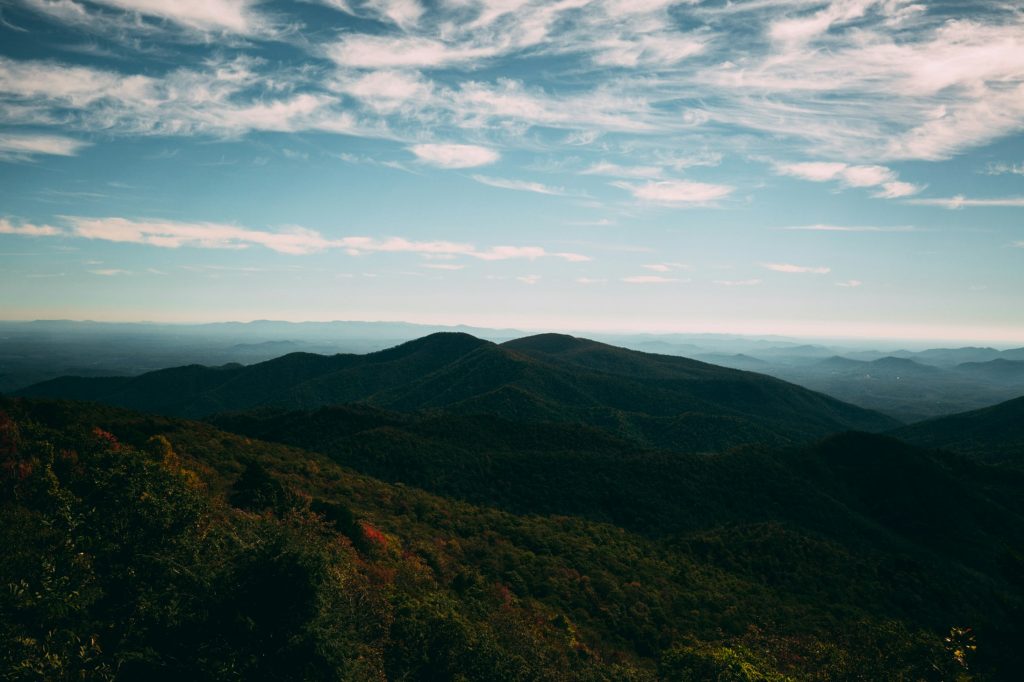
The Maryland Appalachian Trail begins in Pen Mar on the Pennsylvania-Maryland border. Hikers begin this excursion in the tranquil Catoctin Mountain range, surrounded by rich flora. The path winds through lush forests, rocky outcrops, and rolling hills, making it a dynamic and exciting hike.
Its accessibility makes this path stand out. The Maryland Section of the Appalachian Trail is flat, making it suited for walkers of all abilities. The accessible path and well-maintained track allow novices and expert hikers to enjoy the journey without feeling overwhelmed. Those wishing to enjoy nature without too much effort will love the moderate difficulty and magnificent landscape.
Hikers get stunning vistas as they travel the path. The Maryland Section’s viewing sites offer a panoramic view of the Appalachian Mountains’ undulating slopes and lush woods. These perspectives also give an insight into the region’s rich cultural and historical legacy, as the route passes Annapolis Rocks, a Civil War site.
Wildlife lovers will love the Maryland Section’s rich flora and animals. Warblers, thrushes, and hawks can be seen along the deep woodland walk. Hikers can often see white-tailed deer and other woodland wildlife, adding to the magic. Hikers may experience nature at its best due to the trail’s closeness to the state’s many ecosystems.
The Maryland Section supports long-distance hikers, which is unusual. Hikers may relax and refresh at several trail shelters and campsites. The Rocky Run Shelter and Ensign Cowall Shelter provide modest facilities and build a feeling of camaraderie among hikers who appreciate nature.
The Maryland Section of the Appalachian Trail is home to beautiful scenery and a rich history that enhances the hike. In 1827, the Washington Monument was built to memorialize the nation’s first president. Hikers pass it in Washington Monument State Park. Historically significant monuments and pristine environment form a unique combination of past and present, making the trip both physical and historical.
For day hikes or weekend getaways, the Maryland Section has many access locations and loop paths. Hikers may enjoy the Appalachian Trail’s different landscapes and natural marvels without completing the 40-mile stretch on these shorter hikes. The trail’s versatility and accessibility appeal to outdoor lovers with different time limitations.
Catoctin Mountain Park
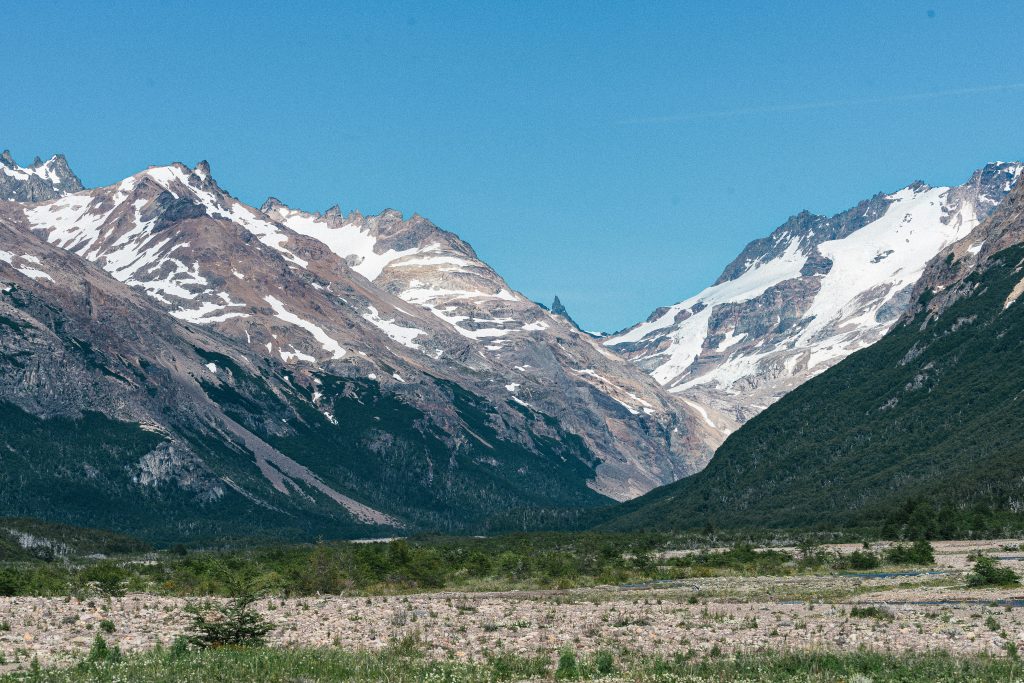
A short drive between Baltimore and Washington, D.C., Catoctin Mountain Park offers a peaceful respite. Hikers seeking a break from city life go to the 5,800-acre park. This walk winds through lush forests, across rugged terrain, and offers spectacular views of Maryland’s natural beauty.
The park’s Cunningham Falls, Maryland’s largest cascading waterfall, is famous. Hikers may relax at the park’s showpiece, Cunningham Falls, at 78 feet. The falls are great for both experienced and novice hikers due to its well-maintained routes.
Another beauty in Catoctin Mountain Park is the Cat Rock Trail, which offers panoramic vistas of Maryland’s undulating hills. Hikers see the surrounding splendor as they ascend the route. This spot is especially beautiful at sunrise and sunset, when the sky is painted in different colors and trekking becomes a sensory experience.
For a more difficult hike, the Hog Rock Nature Trail is rough. The trail winds among rocky outcrops, providing an exciting climb and stunning views of the valleys below. The uneven terrain makes the trek interesting, and the peak is a great place to rest and admire the views.
Since Camp David existed there, Catoctin Mountain Park attracts history buffs. The hiking experience is enhanced by exploring vestiges of this ancient past. The Blue Ridge Summit Overlook, accessible via the Blue Ridge Summit Trail, offers a spectacular perspective and a peek into the area’s history.
Accessibility makes Catoctin Mountain Park one of Maryland’s greatest treks. With well-marked routes from moderate strolls to difficult ascents, the park welcomes hikers of all abilities. Families may stroll the easier routes, while experienced hikers can appreciate the physical and mental difficulties of the more difficult paths.
Environmental preservation improves hiking in the park. Hikers may enjoy nature without disrupting the ecology on well-maintained pathways. Hikers learn about the park’s flora, animals, and ecology through park ranger-led interpretive programs.
With each season, Catoctin Mountain Park offers a new experience. Wildflowers brighten spring, while trekkers seek protection beneath the forest canopy in summer. Hikers are accompanied by a flaming tapestry of reds, oranges, and yellows in fall. Winter pathways in the park are tranquil and serene due to snow-covered surroundings.
Gunpowder Falls State Park – Sweathouse Trail

Gunpowder Falls State Park shows Maryland’s dedication to preserve its natural beauty. The 18,000-acre park has six separate regions. Sweathouse Trail in the Hereford Area leads hikers through lush forests, along scenic streams, and to spectacular perspectives of the park’s different ecosystems.
Dynamic topography distinguishes Sweathouse Trail from other Maryland walks. Through lush trees, tough rocky portions, and mild slopes, the path offers a varied and entertaining experience. Elevation fluctuations and Gunpowder Falls running through the terrain offer a perfect blend of work and enjoyment.
Sweathouse Trail offers somewhat difficult terrain. Hikers climb through a canopy of tall trees from the trailhead on Masemore Road, feeling isolated and immersed in nature. Those who navigate its twists and turns are rewarded with breathtaking vistas of the Gunpowder River.
The rich plants and animals of the Sweathouse Trail enhance the trekking experience. Birds sing and wildflowers brighten the countryside. White-tailed deer may arrive, adding to the wilderness experience. The track is a paradise for experienced and novice birdwatchers, revealing many species.
The history of Sweathouse Trail enhances the hiking experience. The trail’s name references 19th-century charcoal burners, or “sweathouses,” in the region. Hikers may visit the region’s industrial past by walking the same trails as early inhabitants.
Sweathouse Trail is accessible and has beautiful scenery and history. The route is a short drive from Baltimore, offering a quick break from city life. Hikers may enjoy nature without a long travel because of its closeness to cities.
Sweathouse Trail, one of Maryland’s top walks, is ideal for all ability levels. The well-maintained path and obvious trail signs make the journey easy for beginners and experts. Gunpowder Falls State Park is a peaceful place for families, single hikers, and groups to enjoy Sweathouse Trail’s physical and mental challenges.
Sugarloaf Mountain
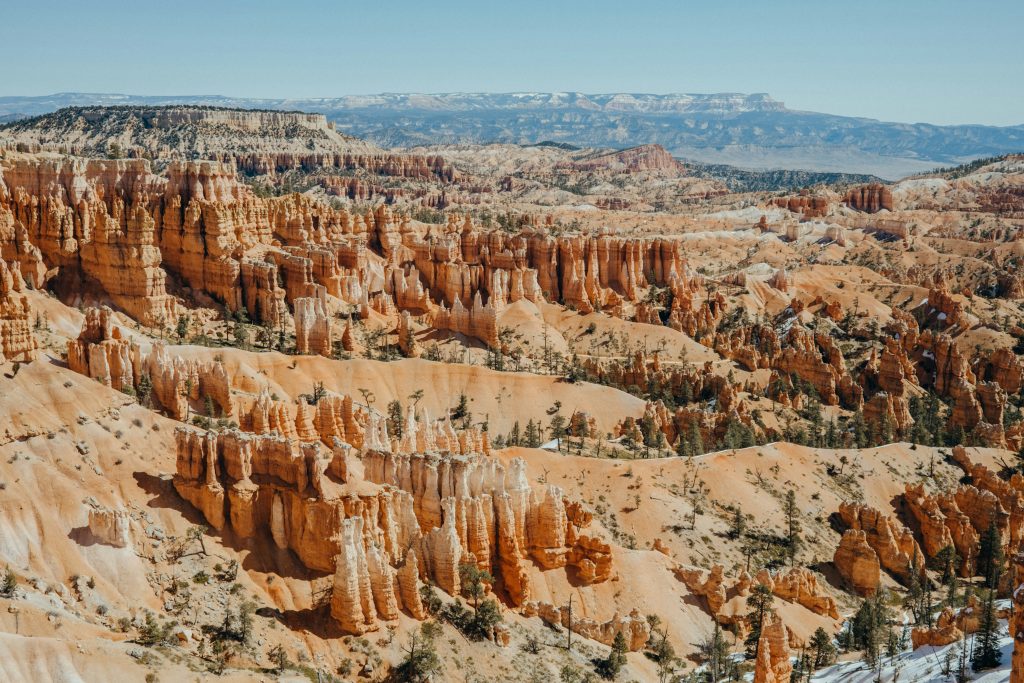
Quartzite, a hard rock, makes Sugarloaf Mountain stand at 1,282 feet. This unusual composition gives the mountain its distinctive look and difficult terrain that challenges hikers of all ability levels. The mountain’s routes range from moderate, family-friendly to challenging, supporting all hiking styles.
The accessibility of Sugarloaf Mountain makes it one of Maryland’s greatest treks. Sugarloaf Mountain is a quick drive from Washington, D.C., and Baltimore, offering a natural respite. Hikers of all levels and beginners alike visit it for day hikes because of its closeness to major cities.
Sugarloaf Mountain’s pathways allow hikers of all fitness levels to appreciate its natural splendor. One of the more difficult trails, the Blue Trail, offers panoramic vistas of Maryland’s undulating hills and farmlands. The Orange and Green Trails provide milder slopes and an opportunity to explore Sugarloaf Mountain’s rich flora and wildlife.
Along with its beautiful splendor and numerous pathways, Sugarloaf Mountain’s history lends fascination to hiking. The mountain’s peak resembles 18th-century sugarloafs, thus its name. The Strong family owned the land and helped preserve and make it a public recreational place. This heritage helps visitors connect with Sugarloaf Mountain’s rich history and inspires care.
Hikers visit Sugarloaf Mountain year-round because of the changing seasons. Wildflowers cover the mountain’s stony slopes in spring, adding color. Summer offers more time to explore due to its lush flora and longer daylight. As autumn approaches, Sugarloaf Mountain turns red, orange, and yellow, making it a popular spot for leaf-peeping and photographing Maryland’s fall. Winter hikers may enjoy the mountain’s clean air and tranquil environment on its open pathways.
Sugarloaf Mountain provides camping for individuals who want to stay longer and experience the outdoors. The campsites provide a rural hideaway with a stunning night sky free of urban light pollution.
Patapsco Valley State Park – Cascade Falls Trail
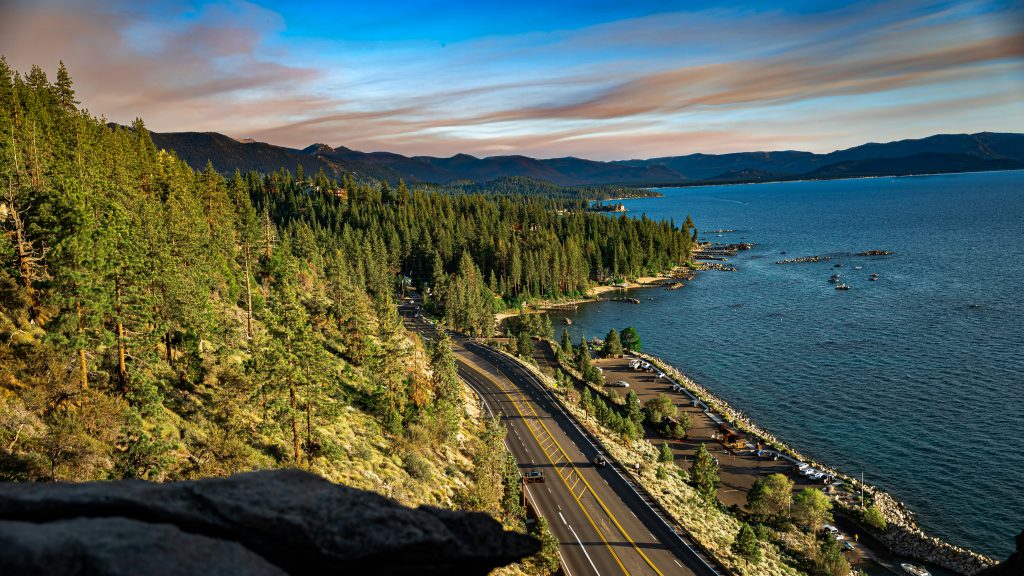
Outdoor enthusiasts seeking a break from city life go to Patapsco Valley State Park, encompassing 16,000 acres along the river. Its various scenery and intriguing water features make the Cascade Falls Trail a highlight of the park.
This 2.2-mile walk is a nature lover’s paradise. Hikers start at the Orange Grove part of the park and are immediately surrounded by beautiful flora. Towering trees form a natural cathedral with interlaced branches that protect against the weather. It represents Maryland’s many habitats.
Hikers of all abilities appreciate the trail’s varied terrain. Paths go through lush trees, rocky outcrops, and mild slopes, offering a variety of habitats. The undulating geography makes the trip interesting, revealing fresh Maryland natural beauty at every turn.
The stunning Cascade Falls is the trail’s highlight. A modest climb ends with this natural spectacle of water cascading over beautiful rock formations. The Patapsco River’s creativity creates a calming symphony of nature’s components as the falls pour over the rocks, enchanting visitors.
Cascade Falls is most beautiful in spring or after a heavy rain. These are the falls’ peak hours, when water roars down. Viewing and hearing the falls makes the walk worthwhile.
Beyond the natural beauty, the Cascade Falls Trail reveals Maryland’s rich history. The Patapsco Valley has seen Native American habitation and the industrial revolution. Hikers pass by historic mills and structures, quiet relics to a bygone age. It adds dimension to trekking by connecting to the state’s past.
Cascade Falls Trail is one of Maryland’s top treks due to its accessibility. The route is a short drive between Baltimore and Washington D.C., offering a wilderness respite. Its proximity makes it perfect for day-trippers and weekend warriors seeking a quick nature refuge.
Hikers of all abilities can use the trail’s well-maintained trails and signposted routes. The Cascade Falls Trail is fun for families, hikers, and beginners. The trek is one of Maryland’s greatest because it’s inclusive, making the state’s natural splendor accessible to everybody.
The Cascade Falls Trail is becoming known among outdoor and travel enthusiasts. Stunning photos of the path on social media provide a virtual trailhead for hikers. This Maryland treasure captivates a global audience seeking the greatest US treks.
Cunningham Falls State Park – Cliff Trail
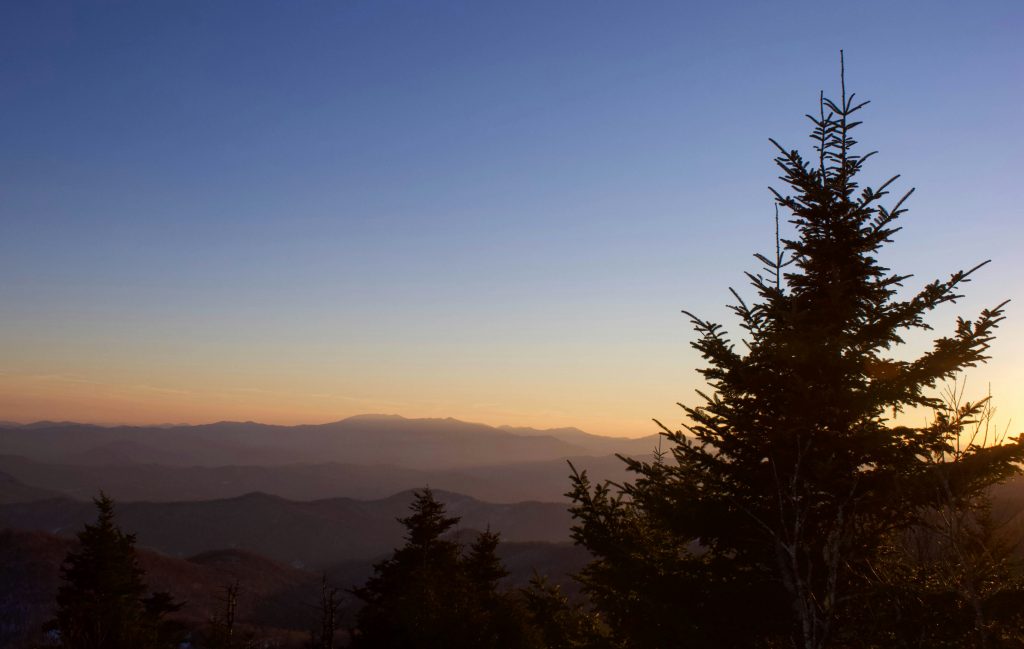
The Cliff Trail winds through Cunningham Falls State Park for nearly 6 miles, offering breathtaking vistas and different landscapes. This trail is unique in that it can accommodate both experienced hikers and leisurely strollers.
The scenic walk begins at Cunningham Falls, the state’s tallest cascading waterfall, near William Houck Area. Hikers see brilliant wildflowers, tall oak trees, and animals as they ascend the route. The hike’s rich environment enhances the senses beyond the stunning views.
The trail’s climb to the cliff’s edge offers breathtaking vistas. The Catoctin Mountains reveal Maryland’s rich woodlands and undulating hills in a spectacular view. The cliffs are especially beautiful in October when the vegetation turns red, orange, and yellow.
The park’s varied birdlife makes the Cliff Trail a great birding spot. From the magnificent red-tailed hawk flying overhead to the beautiful songbirds hiding in the foliage, the route is a symphony of nature’s best performers. Both birdwatchers and casual onlookers enjoy seeing the park’s birds.
Along with its natural beauty, the route has well-maintained walkways and excellent signs for a pleasant hike. The Cliff Trail offers isolation and calm for lone hikers or groups, allowing tourists to escape the daily grind and enjoy the outdoors.
The Cliff Trail in Cunningham Falls State Park is both beautiful and educational. Pathside signage explain the park’s ecology, geology, and history. Hikers may learn about the Catoctin Mountains’ various plant and animal species and the geological forces that formed them.
Accessibility to Cunningham Falls State Park makes the Cliff Trail appealing. Visitors and residents may easily escape to the park, which is a short drive from Washington, D.C., and Baltimore. Its accessibility and varied difficulties make it perfect for families, avid hikers, and nature lovers.
The Cliff Trail is one of Maryland’s Best Hikes because it can accommodate all tastes. This path offers steep ascents and pleasant strolls through nature. Anyone wanting to see Maryland’s natural beauty should visit it due to its flexibility and accessibility.
Green Ridge State Forest – Big Run State Park
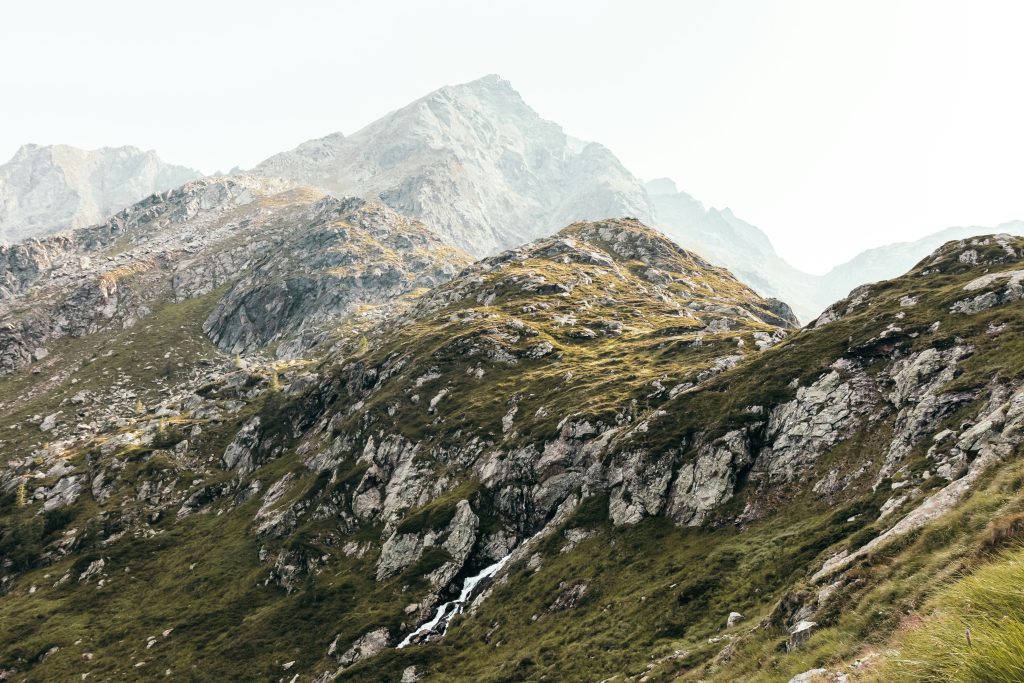
The 47,000-acre Green Ridge State Forest in western Maryland is a refuge for adventure lovers seeking pristine nature. Its great biodiversity attracts hikers from the minute they enter the forest, which is mostly undeveloped. Green Ridge State Forest offers tough and rewarding hiking amid lush trees, flowing streams, and rolling hills.
One of the attractions of this natural jewel is Big Run State Park, which is surrounded by woodland. With nearly 6,000 acres, Big Run State Park enhances Green Ridge State Forest’s appeal. Both experienced hikers and casual nature enthusiasts go to the park’s beautiful lake. The tranquility of Big Run Lake’s beautiful waters reflecting the hills enriches the trekking experience.
Green Ridge State Forest and Big Run State Park are Maryland’s top hikes due to their diverse routes for all ability levels. Both novice and experienced hikers can push themselves on this path network. Well-maintained pathways zigzag through forests, climb high slopes, and descend into valleys, making the trek exciting for all levels.
Hikers enjoy steep ascents and panoramic views of Maryland’s wilderness. The pathways go through lush forests with vivid wildflowers, offering a pleasant escape from daily life.
Wildlife is common in Green Ridge State Forest and Big Run State Park paths. Birdsongs accompany hikers as deer delicately negotiate the underbrush. The woodland symphony enhances the trekking experience, making it immersive and relaxing.
Each season lends its own beauty to this trekking paradise. Spring brings flowers, while summer draws hikers to shaded pathways and the lake. Autumn paints the scenery in warm reds, oranges, and yellows, while winter turns the woodland into a peaceful, snow-covered wonderland.
Green Ridge State Forest and Big Run State Park are among Maryland’s top treks due to their accessibility. These forest retreats, just a few hours from Baltimore and Washington, D.C., invite urbanites to escape the concrete jungle and relax in the woods.
The well-marked paths and informative signs make navigation easy, making hiking safe and fun for all ability levels. The trail system’s careful planning and upkeep allow families, solitary hikers, and groups to easily experience this region’s magnificence.
Blackwater National Wildlife Refuge – Tubman Road Trail
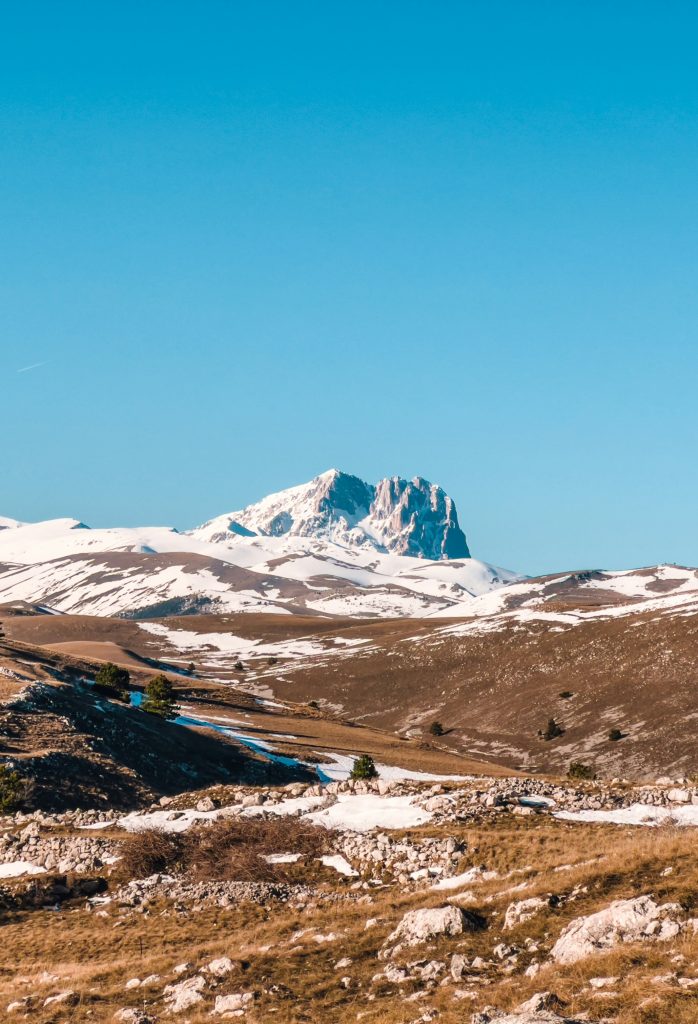
In the vast Blackwater National Wildlife Refuge, the 3.5-mile Tubman Road Trail, named for abolitionist Harriet Tubman, is picturesque. This trek takes travelers through beautiful marshes, meandering canals, and towering trees that form a canopy. The route is a sanctuary for birdwatchers, with many species to see.
As a vital Atlantic Flyway stopover, Blackwater National Wildlife Refuge attracts birdwatchers. Bald eagles, ospreys, and ducks are best seen and photographed on the Tubman Road Trail. Through protection, the refuge has become a home for these flying birds, making it Maryland’s top birding spot.
The Tubman Road Trail introduces hikers to Chesapeake Bay’s distinctive flora and wildlife in addition to its birds. Loblolly trees and bald cypresses shade the route, keeping it cool even on hot days. The walk winds across coastal marshes, revealing delicate blooms and bright plant colors. The Tubman Road Trail attracts nature photographers and plant lovers with its unique floral scenery.
In honor of Harriet Tubman, the Tubman Road Trail is more than just beautiful. Tubman escaped Maryland slavery and helped others escape through the Underground Railroad. Interpretive signs and displays on the path commemorate Tubman’s bravery and the region’s history. As they walk, hikers may learn about the area’s culture and history.
Hikers of all abilities may enjoy the Tubman Road Trail due to its accessibility. The well-maintained track is level, so novices and experts may enjoy it. The route welcomes families, birdwatchers, and lone hikers, adding to its attractiveness.
Blackwater National Wildlife Refuge’s conservation efforts are visible on the Tubman Road Trail. Habitat restoration and maintenance by the refuge preserves the different ecosystems that make this path so fascinating. These efforts are evident in the trail’s abundant fauna and plants.
To escape the daily grind, the Tubman Road Trail offers a calm escape into nature. Meditation is aided by the trail’s tranquility, rustling leaves, and distant birdcalls. Natural beauty and simplicity let hikers relax, making the Tubman Road Trail a healing experience.
Savage River State Forest – Monroe Run Trail
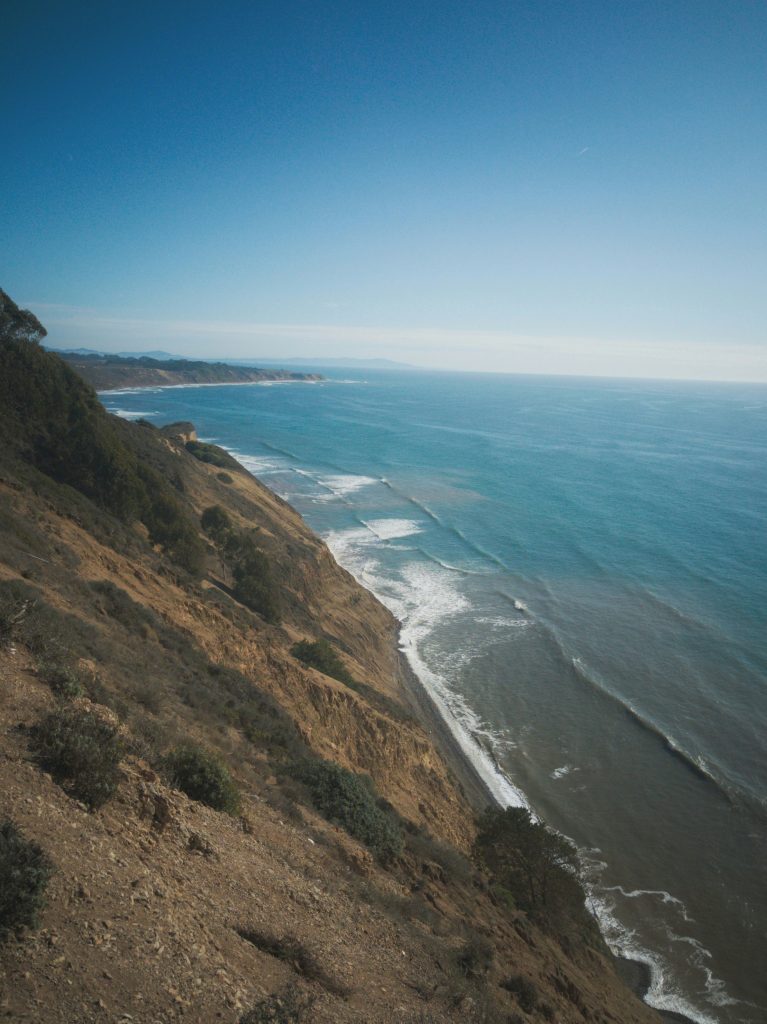
The Monroe Run Trail is a riveting trek with hard terrain, stunning scenery, and a sense of seclusion that helps hikers connect with nature. This 10-mile walk passes through lush woods, flowing streams, and breathtaking views of Maryland’s wilderness.
Monroe Run Trail is unique in Maryland since it accommodates a variety of hiking styles. This walk provides something for everyone, from experienced hikers looking for a tough exercise to casual travellers looking for a peaceful stroll through nature. The moderately challenging trail is well-maintained and suitable to beginners and expert hikers.
The Monroe Run route winds through a deep woodland canopy, with sunshine dappling the route. A multimodal Maryland experience includes the aroma of pine needles and the gentle crunch of leaves under your feet. The walk follows Monroe Run, a babbling creek that provides a lovely backdrop.
Monroe Run Trail’s rich flora and wildlife is memorable. The forest’s diverse plant and animal life immerses visitors in the region’s natural environment. Hikers may see white-tailed deer, squirrels, and black bears, while birdwatchers may enjoy seeing local species.
Hikers are entertained and challenged by the trail’s elevation fluctuations. It winds between hills and valleys, offering panoramic vistas to climbers. The Monroe Run Trail is a thrilling trek since the landscape changes with each step.
The Monroe Run Trail has various calm locations for meditation. Scenic viewpoints let you see the Savage River State Forest. These peaceful moments in nature make the route one of Maryland’s top treks for anyone seeking to escape the daily grind.
The Monroe Run Trail’s accessibility boosts its attractiveness. The Savage River State Forest route is easily accessible from local towns and cities, making it ideal for day outings or weekend vacations. Hikers can traverse the trail with the well-marked trailhead and obvious way signs.
The Monroe Run Trail, one of Maryland’s top walks, is popular with locals and visitors from adjacent states. Its natural beauty, varied terrain, and accessibility make it a top hiking destination.


